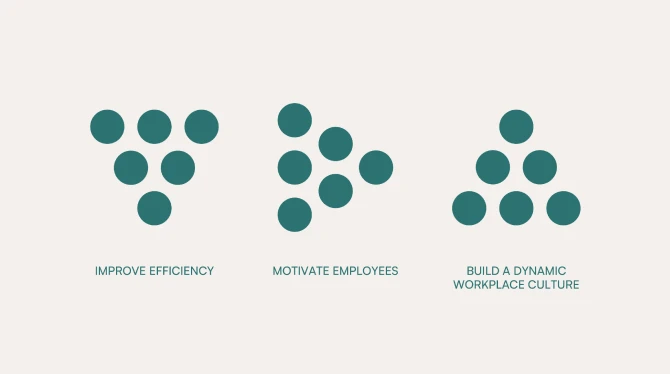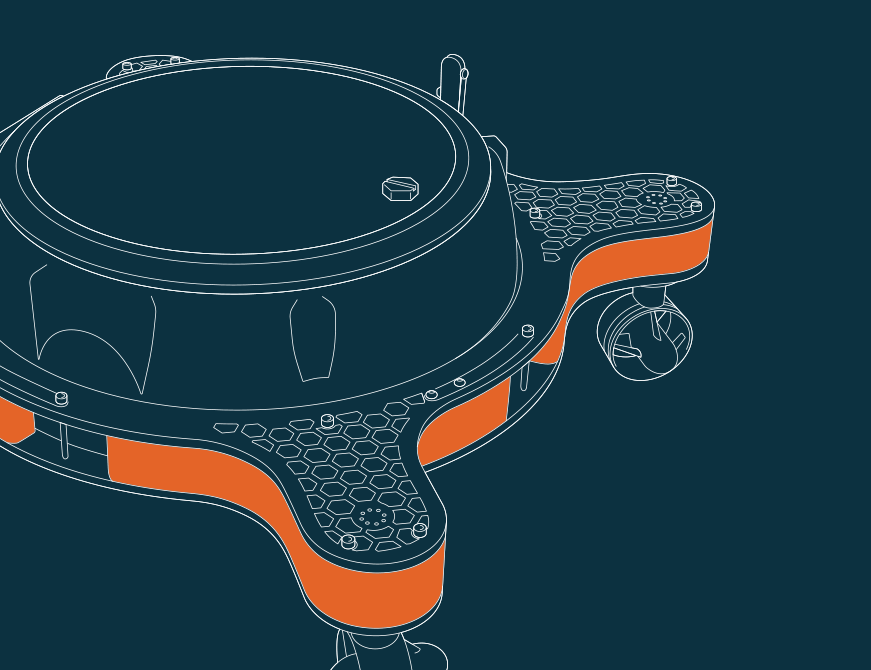🖕
People Don’t Care About Your Product – The “Lazy, Vain, And Selfish” Framework
LAST UPDATED 16 May, 2024
Focusing only on how you feel about your product is like running a race with blinders on. Even if you’re running fast, you might not be running in the right direction.
One thing you quickly realize when working with founders is that they have this inherent belief that everybody is thinking about their product all day, every day. The reality is – most people in your target market simply don’t care about your product.
Scott Belsky, originally from Adobe, came up with an interesting framework he called “The First 15 seconds”. He proposes that, in the first 15 seconds of every new experience, people are lazy, vain, and selfish. It is your job as a founder or marketeer, to get them into the mindset where they’re ready to make the effort to care.
Here is a quick overview of what Scott means by lazy, vain, and selfish (or as I call it, the “What have you done for me lately?” framework).
I would add one thing to this framework.
People aren’t actively looking for new solutions to existing problems. They might not even know they have a problem that needs solving, and even if they do, they might not be willing to spend any money on the solution.
Your job is not to sell the product. Your job is to:
- get people to recognize that the problem exists
- frame the problem in a way that makes it important to solve
- present existing solutions as lacking or inferior
- offer a “better” solution for the problem
- Hot Tip: the solution is “better” if it takes little to no time to implement, if it makes the user look good, and if offers immediate benefits
Understanding the psychology of consumers
To effectively market your product or service, it is crucial to understand the psychology behind consumer behavior. People are driven by their desires, emotions, and needs, and tapping into these aspects can significantly impact their decision-making process.
So let’s accept for a moment that people are really lazy, vain, and selfish, and aren’t actively looking for new solutions to problems.
How can you use this to your advantage?
The lazy consumer: How to grab attention
We are lazy in the sense that we don’t want to invest time and energy to unwrap and understand what something is.
To grab the attention of the lazy consumer, businesses need to make their product or service easily accessible and instantly appealing.
One effective strategy is to simplify the messaging around your product. Avoid overwhelming consumers with technical jargon or complex explanations. By presenting information in a clear and concise manner, you can capture the attention of the consumer who is looking for quick and easy solutions.
The vain consumer: Appealing to self-image
Does this make me look good? If not, I won’t care about it.
One way to appeal to vanity is to emphasize how your product or service can enhance status or social standing. People are more likely to be attracted to products that align with their desired self-image, so focus on positioning your product as a reflection of the consumer’s aspirations and values.
Testimonials and social proof can also be powerful tools when targeting the vain consumer.
The selfish consumer: Addressing needs and desires
When we engage with a product or service, we want an immediate return that exceeds the initial investment. Instruction manuals, extensive sign-up processes, complex onboarding – all of these friction points obstruct getting a quick return from engagement, ultimately leading to a drop in acquisition and/or retention.
To effectively engage with this segment, businesses must clearly communicate the value proposition of their offering and address the consumer’s pain points.
Applying the “Lazy, Vain, and Selfish” framework to your product
First, take the time to truly understand your target audience. Conduct market research, analyze consumer trends, and gather feedback from existing customers. This will provide valuable insights into the specific motivations and preferences of your target audience.
As a business owner or a marketeer, you have two completely separate tasks:
- to curate the first 15 seconds of the customer experience (equivalent of window-dressing in traditional business)
- to build a meaningful experience and relationship with the customers that actually convert after the initial 15 seconds
For the purposes of this article, we will focus only on
Optimizing for the first 15 seconds
To successfully market your product, it is crucial to optimize for the first 15 seconds of a customer’s interaction. This means focusing on the initial touchpoints that potential customers encounter, whether it’s your website, social media ads, or physical storefront.
Just as retail stores carefully curate their window displays to attract passersby, you should design your marketing materials to capture attention and interest within those critical first seconds. By understanding the “lazy, vain, and selfish” mentality and optimizing for it, you can increase the likelihood of converting potential customers into loyal users.
Here is a list of things you can do to improve the experience in the first 15 seconds:
- Streamline the Onboarding Process
- Offer Immediate Rewards
- Craft a compelling hook
- Use language that resonates with the consumer
- Avoid technical jargon or complex explanations
- Develop targeted marketing messages
- Determine different customer profiles, and address their individual pain points
Common mistakes to avoid when using the framework
While the “Lazy, Vain, and Selfish” framework can be a powerful tool for engaging with consumers, there are common mistakes that businesses should avoid.
Neglecting to do thorough market research
One common mistake is skimming on market research. Without a deep understanding of your target audience, it will be challenging to effectively apply the framework. Take the time to gather data, analyze consumer trends, and listen to the feedback of your existing customers.
Exaggerating the problem
Many businesses fail because they try to solve a problem that, in reality, doesn’t exist.
Even if the problem you’re solving does exist, that doesn’t mean that people find it annoying enough or important enough to spend money on solving it. And even if they do find it annoying or important enough, your price might not fit their estimate of how much it should cost to solve this problem.
Back to the importance of testing – never assume that the problem you’re solving is important enough for people to spend money on. Ideally, you want to create an MVP of a product first and test it’s product-market fit, before moving forward with developing the final solution/product.
Conclusion
By recognizing people’s inherent laziness, vanity, and selfishness within the first 15 seconds of a new experience, you can optimize your marketing strategies to appeal to these mindsets.
Craft compelling hooks, appeal to vanity, address needs, and make the process as streamlined as possible.
Remember, the value of your product is directly proportional to the value you create for others.
Marketing is not just about how you feel about your product; it’s about understanding and engaging with the mindset of your target audience.



